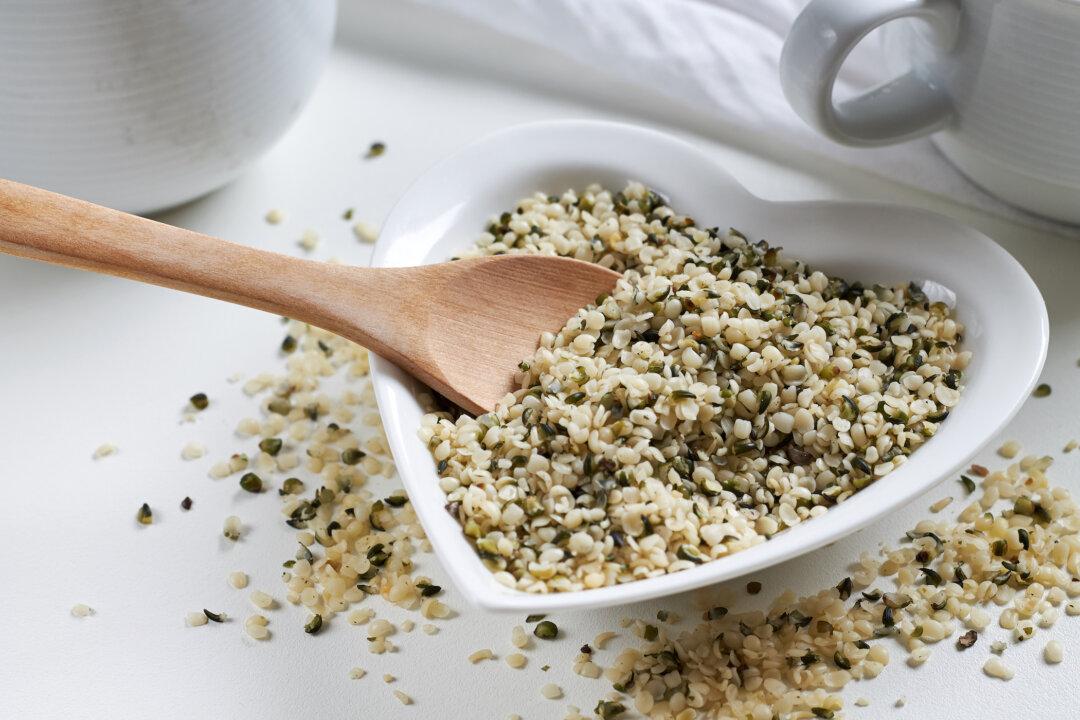The Misunderstood Health Benefits of Vitamin C
Vitamin C, or ascorbic acid, is a potent natural antioxidant, anti-inflammatory and immune system booster. Thankfully, a handful of forward-thinking doctors – early vitamin C pioneers such as Dr. Frederick Klenner, Linus Pauling, Dr. Mathias Rath and Thomas E. Levy, MD, JD – have long spoken out about the ability of vitamin C to treat, and even reverse, a host of serious conditions.In the 1940s, Dr. Klenner reported curing a variety of diseases, including polio and hepatitis, with high-dose vitamin C – while in the present day, Dr. Paul Marik, Professor of Medicine of Eastern Virginia Medical School, administers a vitamin C protocol that drastically improves survival rates for patients suffering from sepsis, a life-threatening systemic infection.
But the therapeutic value of this non-toxic, inexpensive natural nutrient has been consistently downplayed by the medical powers-that-be. Time and again, the mainstream medical community seems to have greeted even the most impressive vitamin C studies with indifference, suspicion and even scorn.
Study: Vitamin C Can Reduce Blood Sugar Spikes by a Substantial 36 Percent
In a double-blind, placebo-controlled study published in 2019 in Diabetes, Obesity and Metabolism, adult participants with type 2 diabetes were randomly divided into two groups. One group took 1,000 mg of ascorbic acid in divided doses every day for four months, while the other group received a placebo.Participants were given standardized meals, and their glucose levels were monitored continuously for 48 hours. The results were clear-cut.
Why is this important?
Research has shown that blood sugar “spikes” damage cells in multiple ways, and are linked to heart disease, cancer, Alzheimer’s disease, peripheral neuropathy, kidney failure, cognitive dysfunction and retinal damage.
Clearly, the less time spent in hyperglycemia – the better. However, better glucose control wasn’t the only benefit for the participants in the vitamin C group.
The ascorbic acid also lowered elevated blood pressure – a primary risk factor for heart disease.
The team reported that participants’ blood pressure readings dropped by an average of 7 mmHg in the systolic number (which measures the pressure exerted by heartbeats) and by 5 mmHg in the diastolic (which measures the pressure in between beats).
Vitamin C Drastically Lowers the Risk of Developing Cardiovascular Disease
People with type 2 diabetes suffer from increased risk of heart disease – in fact, the Cleveland Clinic reports that 75 to 85 percent of patients with diabetes die from heart attack or stroke.Researchers believe that this beneficial effect is due to vitamin C’s ability to prevent and alleviate endothelial dysfunction – the stiffening of arterial walls that interferes with the healthy flow of oxygen-rich blood.
Alert: Vitamin C Also Improves Post-Heart Attack Prognosis
Vitamin C can help reduce the damage to heart tissue from ischemia-reperfusion injury (a type of post-heart attack damage in which blood previously cut off by the attack suddenly floods back into the area).How Much Vitamin C Do I Need a Day?
According to natural health experts, the current vitamin C RDAs advised by the Office of Dietary Supplements are good for a laugh – and not much else.Vitamin C proponents note that the ODS recommendations – a paltry 75 to 90 mg of vitamin C a day – are enough to prevent the severe form of vitamin C deficiency known as scurvy, but not enough to maintain optimal health or combat disease.
Knowledgeable integrative and functional doctors usually advise taking anywhere from 1,000 to 6,000 mg of vitamin C a day, in divided doses – with even higher levels recommended for serious chronic conditions.
Health tip: various fiber-rich foods and nutritional supplements – including citrus fruits, cruciferous vegetables, oat bran and psyllium husks – can also help to promote healthy glycemic control.
As the studies suggest, daily supplementation with inexpensive, non-toxic vitamin C can provide major protective dividends to the heart – while helping to regulate blood sugar levels. Clearly, having optimal levels of this essential micronutrient is a “win/win” scenario.




